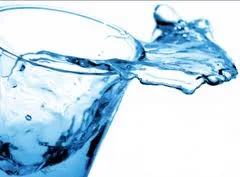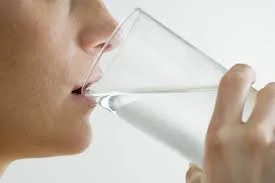The Processes and Methods on Water Testing
/Water testing will determine the levels of various substances that are found in water like chlorine, metals and salts. There are so many testing technique used today. From the use of pH testing strips to electronic colorimeters. Water testing works by using chemicals that activate reactions or with equipment that will allow these methods to be done successfully.
Drinking Water Testing Considerations
Private Drinking Water Testing
The testing of private drinking does not need the consent of federal or state regulation, although there can be some inspections like licensed childcare facilities and foster care homes. City or state laws can have certain guidelines in testing private water supply. In such cases, there are certain factors that have to considered.
• Contaminated water can be a health risk if it contains certain chemicals at high concentrations.
• Minerals like iron and manganese can make water less safe for use.
• Individuals with private wells are held solely responsible for the decision of getting the water tested as well as in ordering the tests.
• Nitrate and bacteria tests are recommended to be done yearly, although testing for these contaminants will not guarantee safe water.
• Once a harmful contaminant is deduced, additional testing has to be carried out for other chemicals.
Public Drinking Water Testing
All public water supplies have to be tested for potentially harmful chemicals and contaminants because they need to pass strict drinking water standards. The law requires that water quality data has to be provided every year to consumer confidence agencies. The information that has to be reported should include the following.
• Regulated contaminants that are found in the water supply.
• Concentration of such contaminants and its comparison to the allowed maximum amount.
Drinking Water Testing Techniques
Test Strips
This quick and inexpensive method will measure the pH of water and detect certain contaminants relating to its acidity. Paper strips are dipped into the water and it will show off different colors. Each of these colors indicates a chemical that will then be analyzed. The pH of drinkable water should fall between 7.5 and 8.5. Test strips, however, do not have the same level of accuracy as other testing techniques.
Color Comparison
This technique offer more accurate results but they are more expensive than test strips. Cost can even go higher when advanced parameters like lead, copper and iron are tested. Color comparison kits are mostly used to determine the quality of water in pools as well as whole house water treatments in Radnor Township and results are based on color changes once the water is mixed with specific agents. This method tests pH and chlorine levels as well.
Electronic Colorimetry
This well water testing technique is very convenient, offering digital reading that will prevent human contact on potentially harmful compounds. Such feature has made this method very accurate since it will not have any chances of human interference. Best performed with reverse osmosis systems in King of Prussia, Montgomery County, electronic colorimetry is used to detect chlorine and other chemicals.
Reverse osmosis systems in King of Prussia as well as water softener systems for Main Linehomes are high encouraged among those who want to ensure high quality water in their homes. You should find free water test in Montgomery County to make sure that you and your family are consuming safe drinking water.



